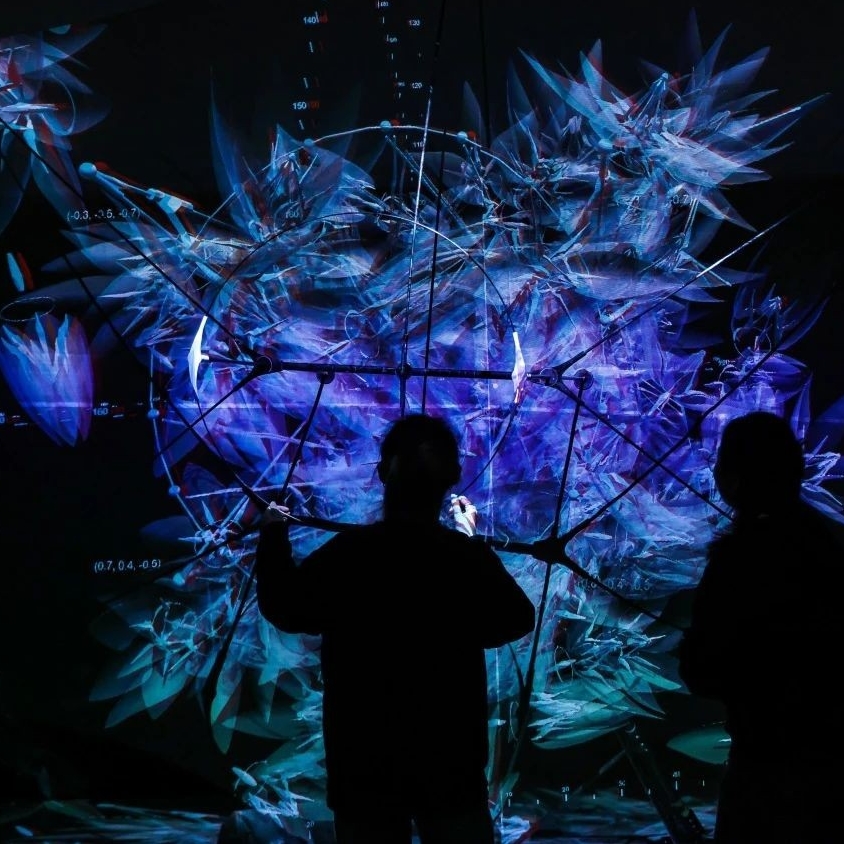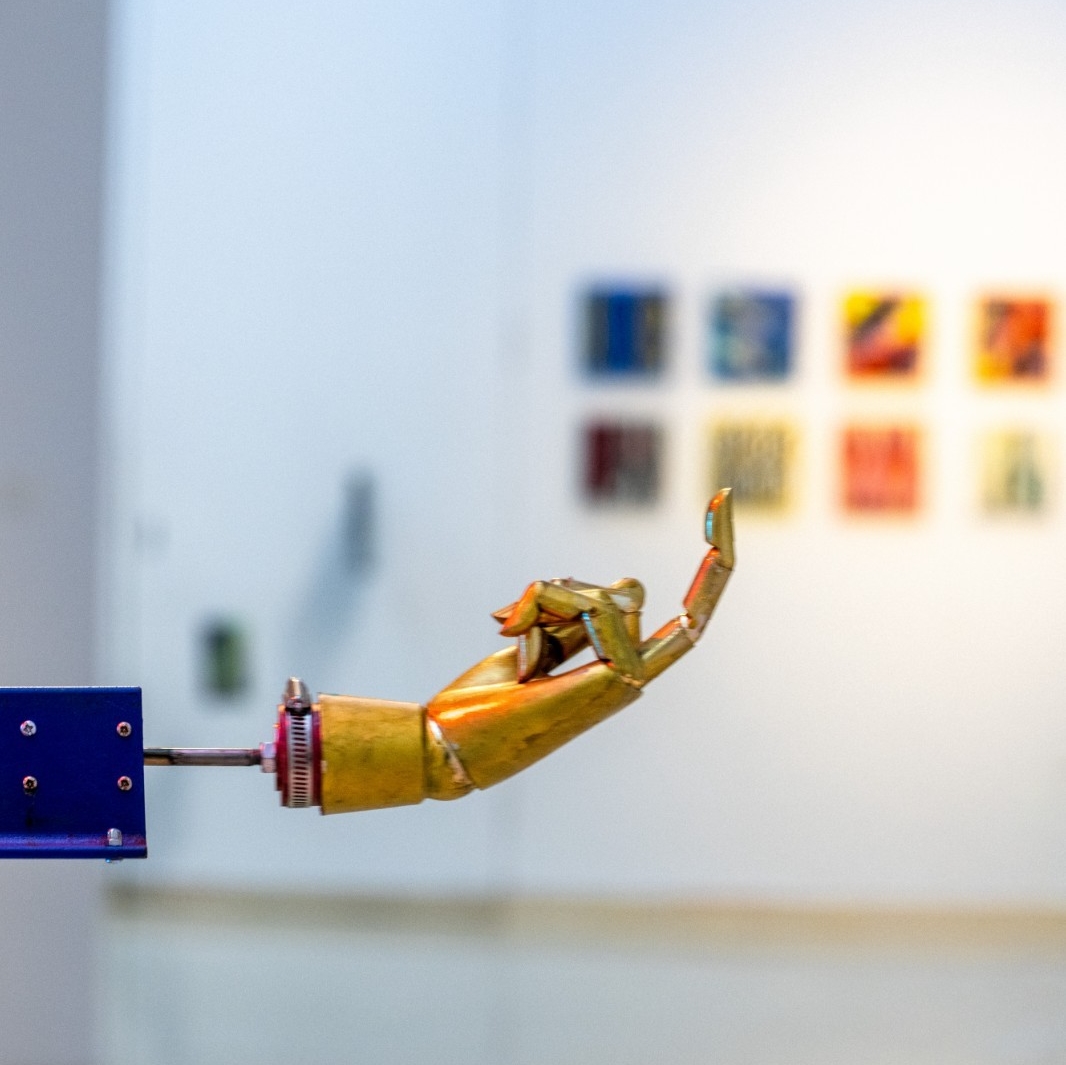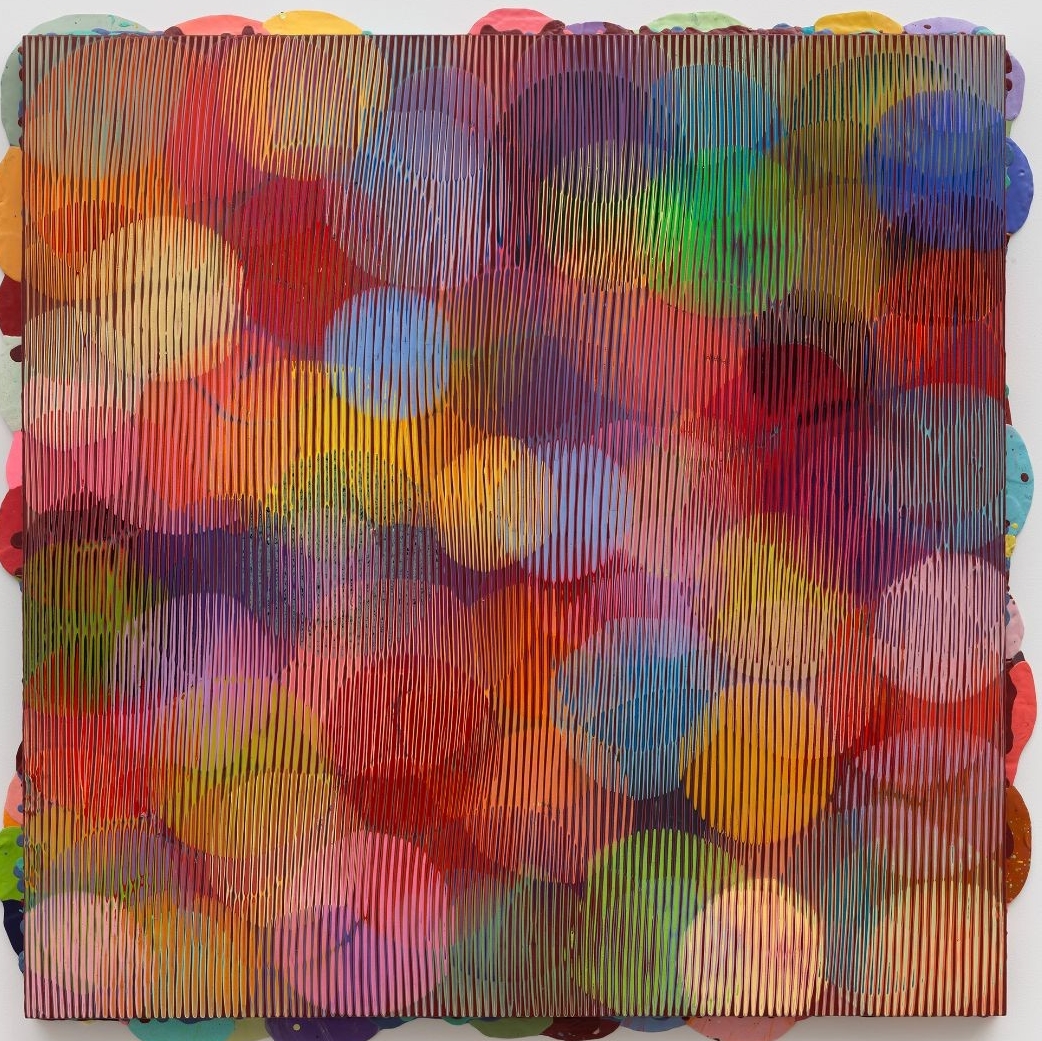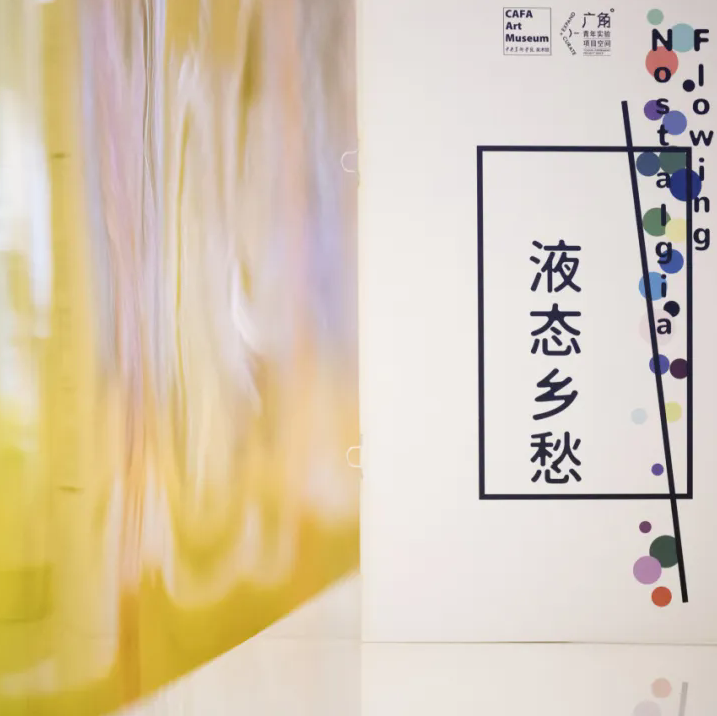Ages of Splendor: A History of Spain in the Museo del Prado, co-organized by Museo del Prado and Museum of Art Pudong (MAP), opens to the public on April 23, 2024. The exhibition features a selection of 70 masterpieces from the collection of Museo del Prado spanning from the 16th to 20th centuries. With masterpieces by nearly 50 remarkable artists in the history of European art, it aims to provide a vivid presentation covering the multi-dimensional and historical aspects of art, science, technologies, economics, and culture during the “golden ages” of Spain.


 The Opening of Ages of Splendor: A History of Spain in the Museo del Prado at MAP, 2024
The Opening of Ages of Splendor: A History of Spain in the Museo del Prado at MAP, 2024
Structured around different accounts, the exhibition consists of one special section entitled “In Focus” and 10 complementary themed rooms. “In Focus” features one of the most significant works of Museo del Prado: the Prado’s Mona Lisa, which is believed to be the earliest known studio copy of Leonardo’s masterpiece. Complemented by multimedia installations and archival materials, “In Focus” sheds light on the intricate interconnections between the Prado’s Mona Lisa and the original at the Louvre; while Spain’s social, political and historical evolution over nearly 500 years, from the reign of Charles V to the start of the 20th century can be found through the 10 complementary themes such as “The Celebrations in the Spanish Court”, “The Nobility, the Bourgeoisie and the Royalty in the Spanish Territories”, “Thought and Spirituality”, “Sacred Images as Everyday Images” and “The Beauty of Everyday Objects: The Still Life”.
The Prado’s Mona Lisa
Being the oldest known version of the Mona Lisa, the Prado’s Mona Lisa is much more than the “earliest copy.” It was evidenced by many clues that when Leonardo da Vinci created the Mona Lisa which is now collected by the Louvre, the Prado’s Mona Lisa was painted simultaneously at Leonardo’s studio, the artist painted together with Leonardo sometime and it was finished with the guidance of Leonardo. Far from being uncommon, the method used in the Prado’s Mona Lisa was a common practice by Leonardo da Vinci and the artistic circle during a specific period.


The Exhibition View of Ages of Splendor: A History of Spain in the Museo del Prado at MAP, 2024 Workshop of Leonardo da Vinci, Mona Lisa, c 1507/1508-1513/1516. Oil on panel © Museo Nacional del Prado
Workshop of Leonardo da Vinci, Mona Lisa, c 1507/1508-1513/1516. Oil on panel © Museo Nacional del Prado
 The Exhibition View of Ages of Splendor: A History of Spain in the Museo del Prado at MAP, 2024
The Exhibition View of Ages of Splendor: A History of Spain in the Museo del Prado at MAP, 2024
The significant value of Prado’s Mona Lisa lies not only in revealing the working methods of Leonardo da Vinci’s studio in the first half of the 16th century, but also in restoring the artistic outlook at that time, including but not limited to techniques, materials, artistic concepts, aesthetic tastes, etc.. More importantly, as an artwork that was copied and modified from the original Mona Lisa collected by the Louvre, Prado’s Mona Lisa helps respond to the need for focus and interpretation in the field of art history and even macro-historical research through comparative study with the original, that is, how it relates to and interacts with history and even the current context. While the comprehension and reinterpretation of Mona Lisa becomes richer, new knowledge continues to be generated and artistic value continues to emerge.




 The Exhibition View of Ages of Splendor: A History of Spain in the Museo del Prado at MAP, 2024
The Exhibition View of Ages of Splendor: A History of Spain in the Museo del Prado at MAP, 2024
“Ages of Splendor” in Spain
Elements of Museo del Prado are scattered throughout the galleries of Museum of Art Pudong. The red wallpaper applied in the themed rooms on the third floor of MAP pays a tribute to the gallery tone of Museo del Prado, and it is also a symbol of the Spanish royal family.


 The Exhibition View of Ages of Splendor: A History of Spain in the Museo del Prado at MAP, 2024
The Exhibition View of Ages of Splendor: A History of Spain in the Museo del Prado at MAP, 2024
The 10 complementary themed rooms on the third floor provide a detailed introduction to Spain’s social, political and historical evolution over nearly 500 years, from the reign of Charles V to the start of the 20th century. A particular focus on the evolution of specific artistic genres such as mythology, dwarf, still life and religious painting becomes the subject of specific rooms.

 The Opening of Ages of Splendor: A History of Spain in the Museo del Prado at MAP, 2024
The Opening of Ages of Splendor: A History of Spain in the Museo del Prado at MAP, 2024
Some renowned portrait collections from Museo del Prado are presented at one of the themed rooms at the entrance of third floor, while there are a series of paintings around celebrating and entertaining scenes at the other themed room, through which visitors can have a glimpse of the historical and social changes under the reign of Spanish monarchy.
 Peter Paul Rubens, Philip II on Horseback, c.1630-1640. Oil on canvas, © Museo Nacional del Prado
Peter Paul Rubens, Philip II on Horseback, c.1630-1640. Oil on canvas, © Museo Nacional del Prado Antonio Cernicero Mancio, Ascent in a Montgolfier Ballon in Aranjuez, 1784. Oil on canvas, © Museo Nacional del Prado
Antonio Cernicero Mancio, Ascent in a Montgolfier Ballon in Aranjuez, 1784. Oil on canvas, © Museo Nacional del Prado
Other themed rooms focus on the key painting genres in the collection of Museo del Prado, of which buffoon paintings and religious paintings can be taken as excellent examples.



 The Exhibition View of Ages of Splendor: A History of Spain in the Museo del Prado at MAP, 2024
The Exhibition View of Ages of Splendor: A History of Spain in the Museo del Prado at MAP, 2024 Domenicos Theotocopoulos, EI Greco, Saint John the Evangelist, c. 1605. Oil on canvas, © Museo Nacional del Prado
Domenicos Theotocopoulos, EI Greco, Saint John the Evangelist, c. 1605. Oil on canvas, © Museo Nacional del Prado
The layout of the themed rooms on nude paintings echoes the Prado’s “Sala Reservada”, where many famous nude paintings have been hidden for decades.
The still life section provides a comprehensive review on the evolution of the genre in Spain and Flanders.

Titian, Venus with an Organist and Cupid, c. 1555. Oil on canvas, © Museo Nacional del Prado Clara Peeters, Table with a cloth, salt cellar, gilt tazza, pie, jug, porcelain dish with olives, and roast fowl, c. 1611. Oil on panel, © Museo Nacional del Prado
Clara Peeters, Table with a cloth, salt cellar, gilt tazza, pie, jug, porcelain dish with olives, and roast fowl, c. 1611. Oil on panel, © Museo Nacional del Prado
The work by Francisco de Goya y Lucientes are considered to be the beginning of modern art. Through a total of 8 masterpieces by Goya on view, the final chapter of the exhibition traces the artistic development from Romanticism to the outstanding painter Joaquín Sorolla y Bastida in the middle-late Prado collection, showing the rich development of Spanish paintings in modern times.
 Francisco de Goya, The Parasol, 1777. Oil on canvas, © Museo Nacional del Prado
Francisco de Goya, The Parasol, 1777. Oil on canvas, © Museo Nacional del Prado Joaquin Sorolla, The Actress María Guerrero as La dama boba, 1906. Oil on canvas, © Museo Nacional del Prado
Joaquin Sorolla, The Actress María Guerrero as La dama boba, 1906. Oil on canvas, © Museo Nacional del Prado
The precious collection of the Museo del Prado and exquisite exhibition layout invite visitors to embark on a fantastic journey across time and space to Spain, bathing in the “splendor of the past” from Museo del Prado and experiencing the unique charm and diverse historical features of Spanish art. Being an unprecedented museum exhibition featuring collection between Spain and China, this exhibition also contributes to exchanges between Chinese and foreign cultures. While encouraging visitors to experience the cultural heritage of Spain, it further deepens the understanding and friendship between Spain and China, injecting new impetus into promoting cultural exchanges and cooperation among countries in the world.
The exhibition runs through September 1, 2024.
Text (CN) by Chuanliu, edited (EN) by Sue/CAFA ART INFO
Image Courtesy of Museum of Art Pudong (MAP).




























